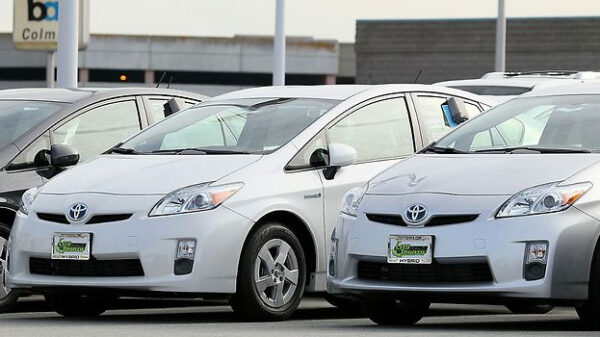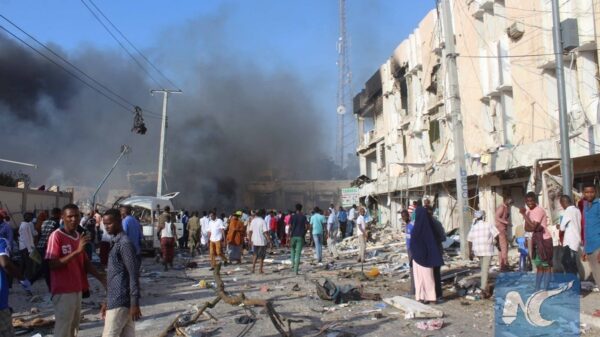NAIROBI, Kenya, Mar 21- The third East Africa Submarine Cable System EASSy will land in the Kenyan coast this Sunday says Information and Communications Minister Samuel Poghisio.
In December, the largest investor in EASSY, West Indian Ocean Cable Company had anticipated the landing of the 1.4 terabyte per second cable to be in June 2010. Mr Poghisio said the cable system was expected to raise the bandwidth capacity although activation and utilization of the first two cables (SEACOM and TEAMS) had not been fully implemented.
The Communications minister said Kenyans were yet to fully utilize the opportunities presented by the landing of the sea cables.
“EASSy will be landing in Mombasa on the 21st of March this year. The East African Marine system called TEAMS cable and another called SEACOM are now actively serving the East African region to access international network. We must use technology to keep up and aim to prove our professional standards,” he said.
He also said the new technology brought challenges to both the East African governments as well as to the media.
“Because with this technology we are playing catch up and the media must therefore be in the forefront of training their personnel to use these technologies so that we can also catch up with development. We do not sacrifice our own economic development at the altar of expediency in reporting and business,” he said.
He also challenged Africa to rapidly enhance their uptake of the incoming capacity of broadband which would fast track ICT as one of the key pillars of development.
“I must single out the government of Rwanda for taking up the challenge very seriously and is now a global leader which is represented very well here by His Excellency,” he said.
He further added that his ministry was in the process of completing the second phase of its terrestrial national optic fiber network to cover all Kenyan districts and that it had already set the network to cover all the provinces.
During the Pan African Media Conference, Ugandan Minister for Information and National Guidance Kabakumba Labwoni challenged the media and ICT sectors to look for quality content that would fill the information vacuum created by the new technological advancements. She said the media so far lacked adequate content that would fully utilize the opportunities presented by the technologies.
“It will be very important as we move into the digital transmission because we are going to have a lot of space and getting content to fill that space may be a challenge,” she said.
The Eastern Africa Submarine Cable System (EASSy) is an initiative to connect Eastern African and landlocked countries with the rest of the world through high bandwidth fibre optic cable system. Although it is considered a milestone in the development of information infrastructure in the region connections to the Internet stand at 8 percent in Africa with only 3 percent of the population having access to broadband.
The 10,800 kilometers long cable system is scheduled to go live in June 2010 and will run from Mtunzini in South Africa to Port Sudan in Sudan, with landing points in nine countries. It will be connected to at least 10 landlocked countries including Botswana, Rwanda, Burundi, Uganda, DRC, Zambia, Zimbabwe, Swaziland and Lesotho. These countries will no longer have to rely on expensive satellite systems to carry voice and data services.
The project, partially funded by the World Bank, was initiated on January 2003, when a handful of companies investigated its feasibility.
Most of the nine landlocked countries have contributed to EASSy through the West Indian Ocean Cable Company (WIOCC) consortium, formed by 12 telecom operators from the continent to pool financial resources for EASSy’s implementation.
SEACOM and TEAM cables landed at the Kenyan coast last year.
Plentiful and readily available bandwidth will result in lower telecommunications costs and new opportunities across many sectors of the Kenyan economy including ICT industries, educational, clinical and scientific applications which rely on the real-time sharing of data around the world at lightning fast speed.
SEACOM’s enormous capacity also enables new technologies such as high definition TV, peer to peer networks, and surging Internet demand at prices significantly lower than currently possible.


































